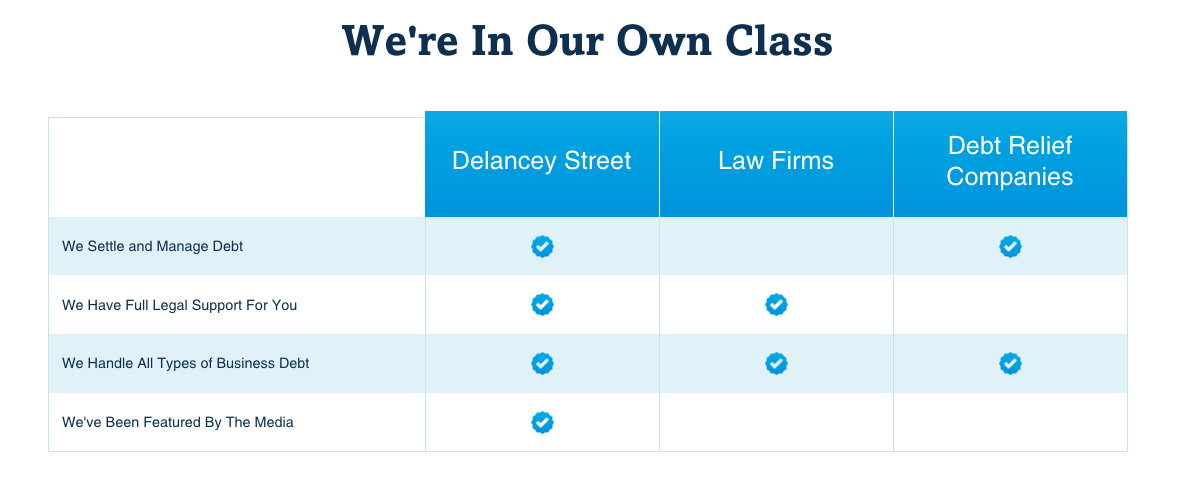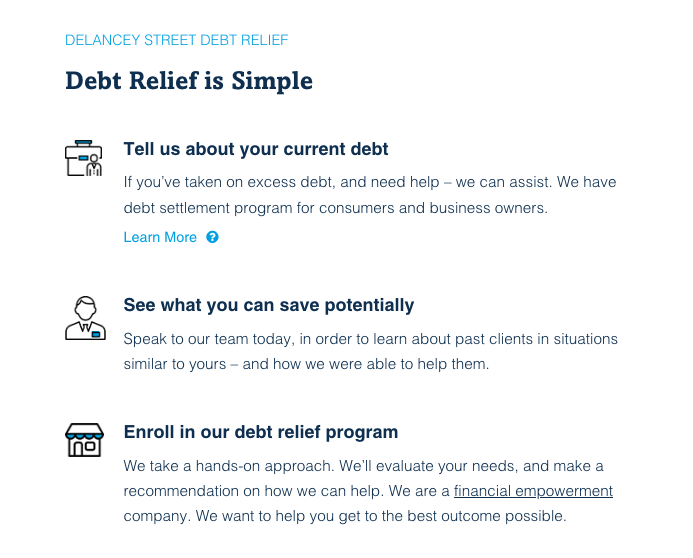The Long-Term Benefits of Restructuring Third World Debt
Developing countries around the world are burdened by high levels of external debt owed to foreign creditors and international financial institutions. This debt not only impacts economic growth and development but also affects poverty reduction efforts and political stability. Restructuring third world debt can provide meaningful relief and support more sustainable growth over the long term.
Why Developing Countries Struggle with Large Debts
Many developing countries have accumulated significant debts over past decades due to a combination of factors:
 -
-- Loans taken to finance large infrastructure and development projects
- High interest rates and unfavorable repayment terms
- Economic shocks, falling commodity prices, financial crises
- Poor governance and corruption
- Irresponsible lending by foreign creditors
These debts now consume large portions of government budgets in interest and principal repayments, limiting spending on healthcare, education, and anti-poverty programs. According to Jubilee USA, nearly 60% of low-income countries were either in debt distress or at high risk in 2021.
How Debt Restructuring Can Help
Debt restructuring involves changing the terms of existing debt agreements to provide the borrowing country with some type of relief. This usually takes the form of:
- Lower interest rates
- Longer repayment periods
- Partial debt cancellation
This reduces short-term liquidity pressures and frees up government resources for more productive uses. The key benefit is providing breathing room for countries to get back on a path of inclusive and sustainable economic growth.
According to the Center for Global Development, well-designed restructuring programs can promote poverty-reducing growth in four main ways:
 -
-- Increasing fiscal space for health, education, and social spending: With smaller debt payments, governments can shift more resources to programs that directly impact poor and vulnerable groups. This includes expanding access to primary healthcare, boosting funding for schools and teachers, and providing social safety nets.
- Supporting public investment and growth: Lower debt servicing costs allow higher levels of public investment in infrastructure, agriculture, and other sectors essential for private sector development and job creation. This catalyzes broader economic growth over time.
- Strengthening institutions and governance: Debt relief is often conditional on borrowing countries implementing institutional reforms to tackle corruption, improve transparency, and establish more disciplined fiscal and debt management practices. This can support durable improvements in economic management.
- Restoring market access: By correcting debt burdens that markets view as unsustainable, restructuring helps countries regain access to private capital markets and international investors over the medium term. This facilitates greater financing for development needs.
Challenges and Risks
However, debt restructuring initiatives also come with risks and criticism:
- They can reduce borrower country incentives to implement difficult economic reforms or ensure responsible fiscal policies going forward. Moral hazard is a concern.
- Lenders often end up bearing losses through haircuts and debt reduction. This can make institutions more hesitant to lend to poorer countries subsequently.
- The complex negotiations involved can drag on for years, prolonging economic uncertainty. Coordination between various bilateral, commercial and multilateral creditors is difficult.
Notable Successes and Failures
The track record of past restructuring programs in developing countries is mixed:
Successes
- The Heavily Indebted Poor Countries (HIPC) Initiative launched by the IMF and World Bank has provided over $100 billion in debt relief to 36 countries since 1996. This contributed to higher growth and poverty reduction.
- Ecuador’s 2008 debt restructuring slashed the country’s debt by over 30% and helped restore macroeconomic stability. Poverty rates fell from 38% to 25% over the next decade.
Failures
- Argentina has restructured its debt multiple times over past decades with limited success – the country remains mired in recurring financial crises.
- Debt relief provided to Zambia in 2005 failed to achieve sustainable growth. Just over a decade later, Zambia was again struggling with an unsustainable debt burden.
So while restructuring third world debt holds meaningful potential, outcomes remain uncertain. Strong creditor-borrower engagement along with major domestic reforms are vital to success. The COVID crisis has also reminded us that external shocks can rapidly reverse economic progress in poorer countries.
 -
-Ongoing Efforts and Proposals
In October 2020, the G20 launched the Common Framework for Debt Treatments to coordinate debt relief for low-income countries during the pandemic. Three countries – Zambia, Chad and Ethiopia – have applied thus far.
The G20 sustainability framework introduced in late 2022 also aims to promote more responsible lending and borrowing practices on all sides.
Other experts have called for more extensive use of “debt-for-climate” and “debt-for-nature” swaps that cancel debt in exchange for borrowing country commitments to environmental programs. For example, The Barbados Debt Relief and Blue Economy Transformation Initiative negotiated by Prime Minister Mia Mottley in 2022 exchanged debt relief from creditors for Barbados’ pledge to marine conservation efforts.
 -
-Conclusion
While debt restructuring is not a panacea, it remains an important tool for unlocking growth and stability in heavily indebted developing countries. The key is implementing such programs alongside domestic governance reforms and social spending initiatives that improve conditions for private investment and benefit those in poverty. With visionary leadership and creditor-borrower collaboration, debt relief can play a vital role in promoting inclusive, resilient and sustainable recoveries worldwide.
Resources
Videos:
- Debt Relief for the Poorest Countries – Explainer Video by the IMF: https://youtu.be/IAT6z1dyu4A
- The HIPC Initiative in a Nutshell: https://youtu.be/mK4RjGHG76Q
- Debt Restructuring and Relief – Joseph Stiglitz: https://youtu.be/2eE7PlfVYhg
Articles for Further Reading:
- Debt Relief for a Green and Inclusive Recovery: https://www.cgdev.org/publication/debt-relief-green-and-inclusive-recovery
- A Blueprint for a Debt “Jubilee” in the Developing World: https://www.brookings.edu/research/a-blueprint-for-a-debt-jubilee-in-the-developing-world/
- Debt Relief and Financing for Development: https://unctad.org/system/files/official-document/gdsmdpb2019d3_en.pdf







